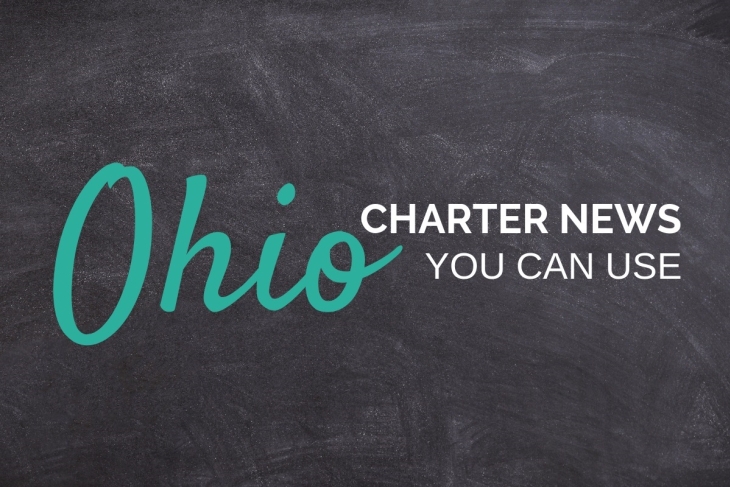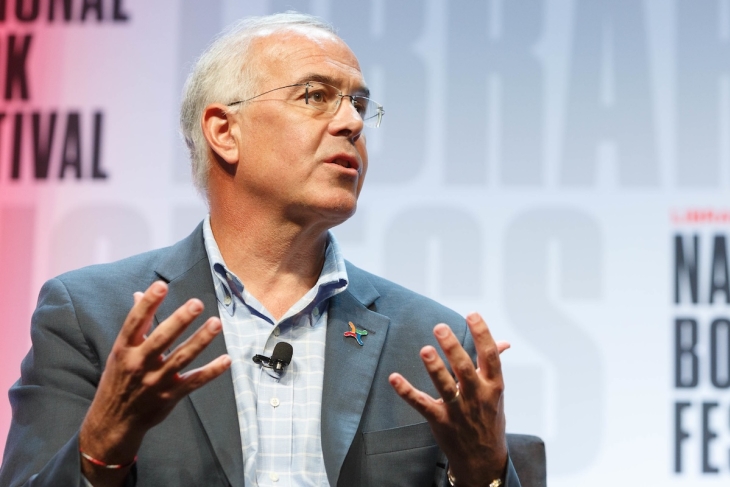News stories featured in Gadfly Bites may require a paid subscription to read in full. Just sayin’.
- Yesterday, the Senate Education Committee heard testimony on SB 295, which is aiming to change the closure requirements for poor-performing public schools across the state. This coverage is focused on the potential that chronically underperforming district school buildings could be “charterized” sometime in the future if the bill passes, but it also quotes the testimony of our own Chad Aldis, who is far more concerned about the possibility that some charter schools with a history of low performance will be allowed to escape consequences right now if the bill is enacted as it currently stands. (Cleveland.com, 12/10/24) And Chad’s full testimony is here if you’ve got a minute.
- This piece is more of a curio than anything, but I was fascinated in the details provided about the process by which Orange City Schools in northeast Ohio has evaluated and selected a new literacy curriculum in response to Governor DeWine’s mandate to enshrine the science of reading in all public schools. Lucy Calkins is out and it took a team of 11 people to review all the new options. Looks like they’ve settled on a new one that will cost them a minimum of $315,000 to purchase, not including the cost of training teachers on using it. And that latter part could be expensive (and take a lot of time too), since the new curriculum has been deemed “more rigorous” and to contain “more [material] than they could actually implement in their language arts time” as it currently stands. The assessments, too, are “definitely more rigorous” than Calkins and “do resemble the Ohio state test”. Additionally, “they start preparing students for that test at a very young age.” While the assessments are said to be “time consuming”, they seem to be ideal because “the data that comes from those assessments” provides “a lot of information that helps teachers plan instruction for specific learners.” Fascinating. Sounds like just what I’d want in a literacy curriculum, but no one has asked (or will ever ask) me. (Cleveland.com, 12/10/24)
Did you know you can have every edition of Gadfly Bites sent directly to your Inbox? Subscribe by clicking here.









